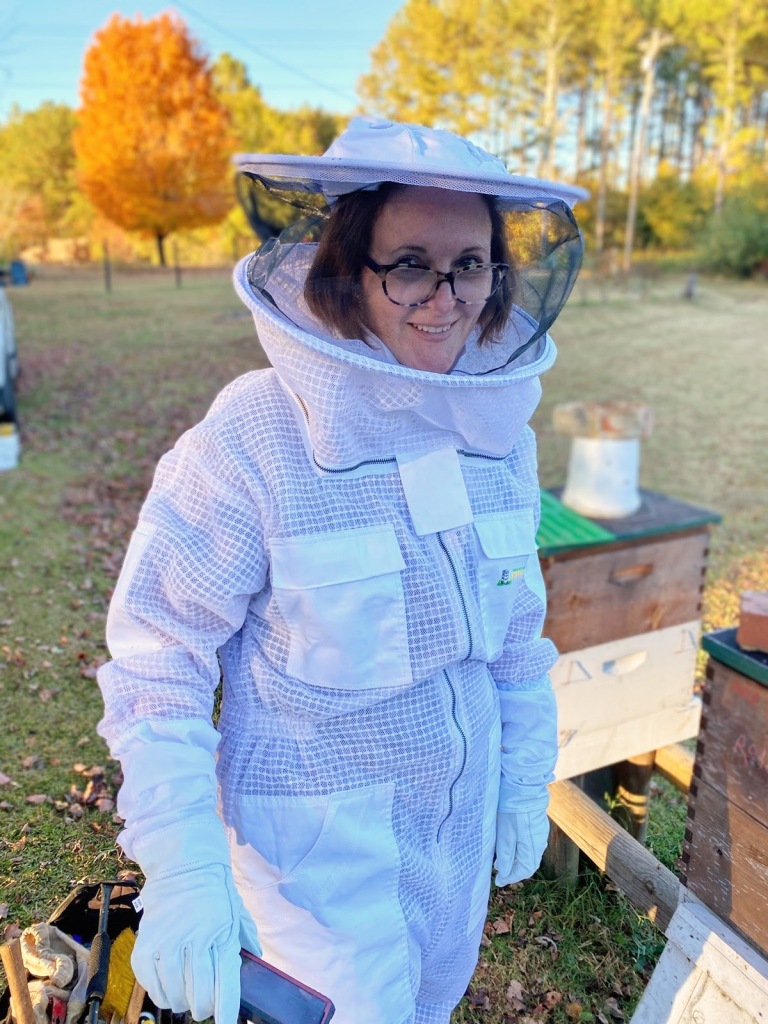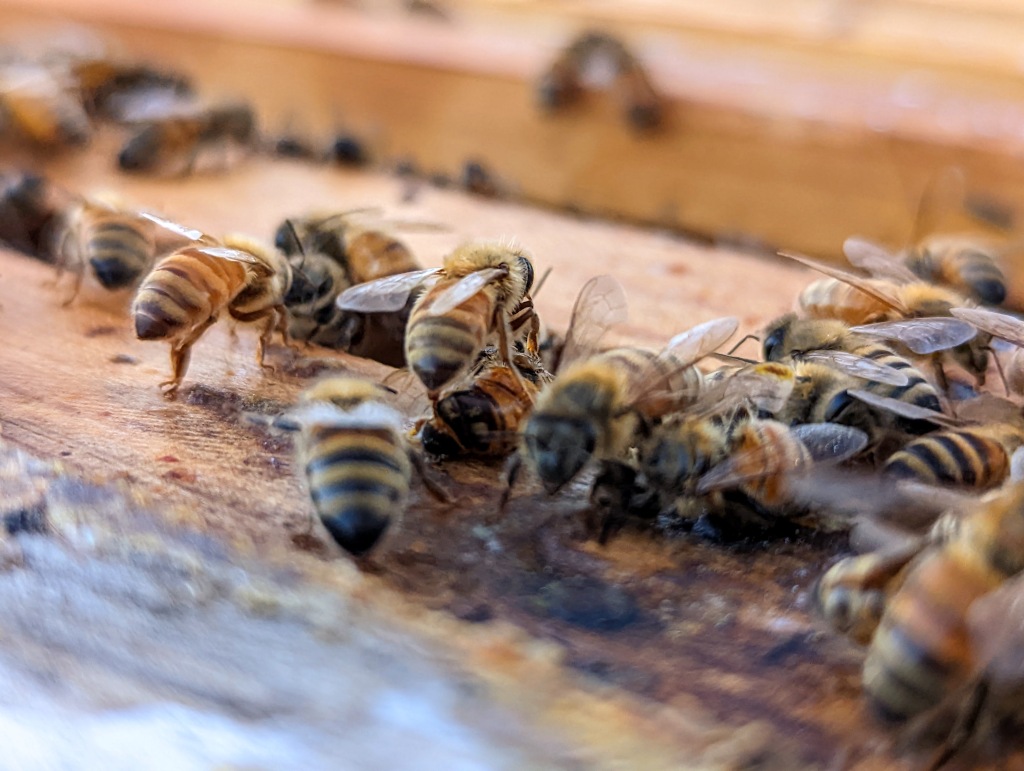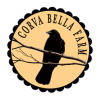Over the last few months, I’ve seen a major surge of interest in Kunekune pigs and what we have available. Most of the inquiries have just been informational, from folks not quite ready to add pigs, but curious about it due to a desire to have their own pork (that’s a pleasure to raise). Our goal is to produce more pork producing breeders.
Some have been pet-related, from folks interested in making quarantine a bit less lonely. This isn’t the optimal time to add a pet pig, however. Not to mention that as pork producers working to conserve this fine breed, we aren’t in the pet pig market.
In the interest of transparency, and my desire to see those starting off with Kunekune pigs to succeed and have happy, healthy and productive herds, I wanted to mention some of the best ways in which to start off with Kunekune pigs.
First, I don’t recommend starting with a single pig. Kunekune pigs are highly social, herd animals. They need to be with their kind. Other pets or barnyard friends won’t cut it.
Second, a young breeding pair raised together from piglet age will often not breed. There’s numerous reasons why. Young piglets raised together often develop a brother/sister relationship and don’t see each other as mates. Young males sometimes need to observe other males breeding, or be able to participate in “horsing around” with other males, and play breeding- mounting one another, engaging and interacting. They’re often fine with a barrow with which they can interact with. Sometimes a young male will need another male around to inspire rivalry, sometimes not. When we had our first sows, we had no older boar, and our first was very young. No one was getting pregnant. When we brought a more mature boar to the farm, the females came into heat almost immediately and displayed obvious signs of it. There was no guessing.
So, what is the absolute best way to start off with the breed?
Sometimes, it’s as simple as starting off with barrows- whether you raise them as meat, or you just keep them as barnyard mascots, they give you experience in learning about pigs. Their care, feeding, health, behavior, etc! A barrow is a castrated male, by the way.  🙂
🙂
Another option is a barrow and an intact female.
But if piglets are your goal, whether for potential future breeding stock sales, or piglets to grow out for meat, you do need to explore a few possible scenarios for your best success.
Option 1: Two barrows, a boar and a gilt. Separate them all at six months, housing boar/barrow in one place and gilt/barrow in another. Keep them separate until ready to breed. (We always keep our boars and females separate)
Option 2: One barrow, a boar and two gilts.
Option 3: (and probably the best option!) Two boars, two gilts.
Option 4: (piglets + pork) Two boars, two gilts and two barrows.
Most people new to kunekune pigs make the common mistake of trying to always house their pigs together. They don’t separate them. In these situations, time is lost because they have to separate pigs, add new pigs, or just end up giving up altogether. Always separate males and females when they’re not breeding.



























































































